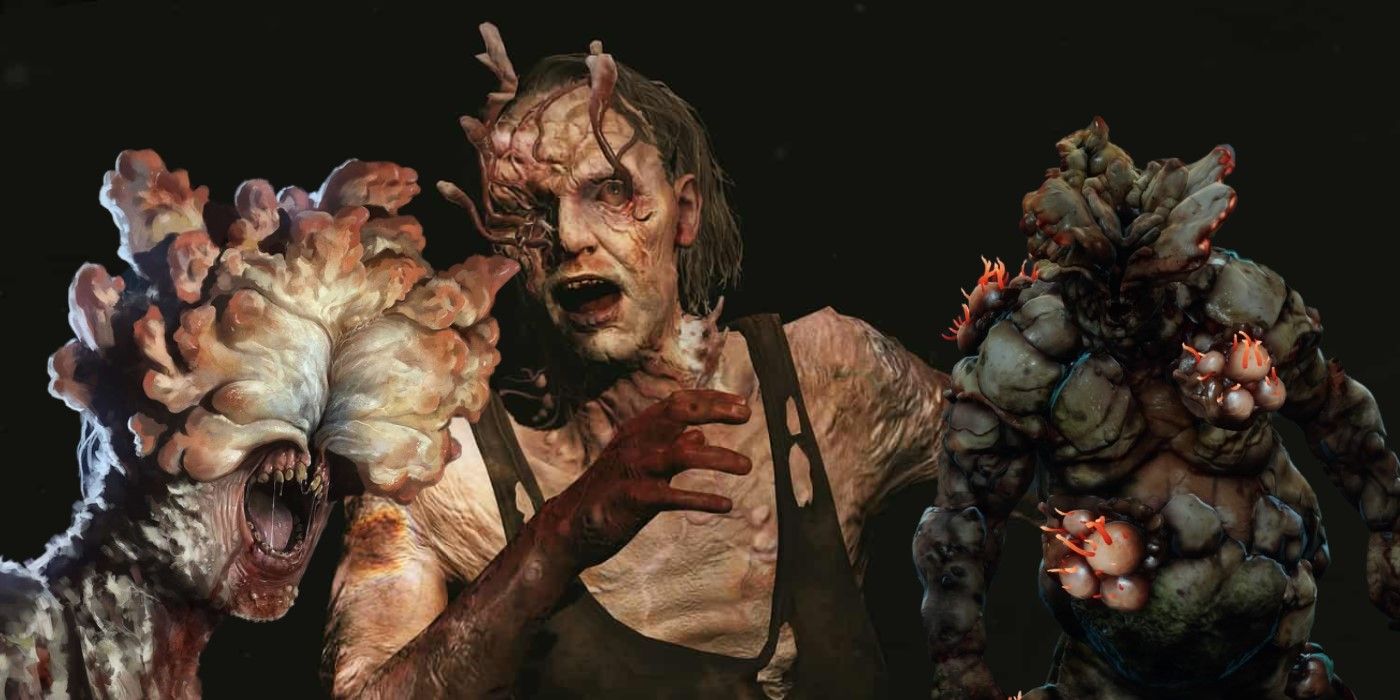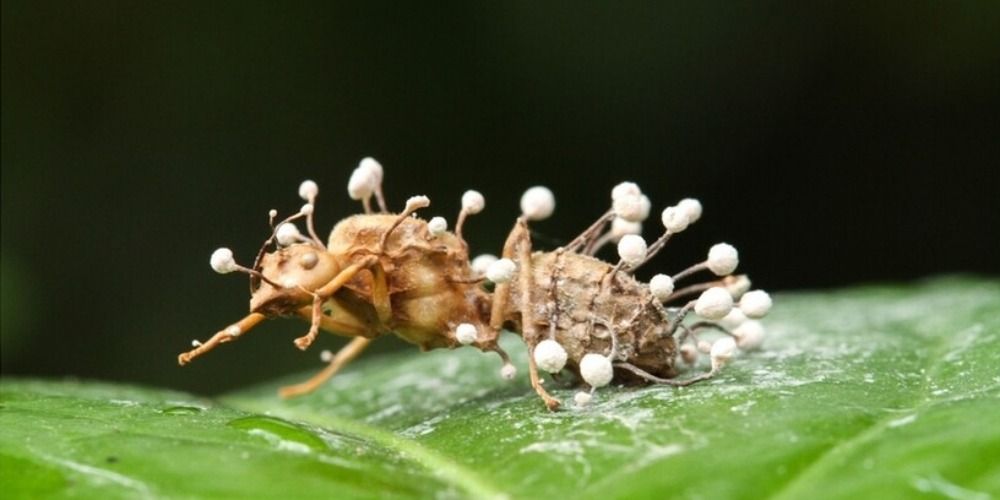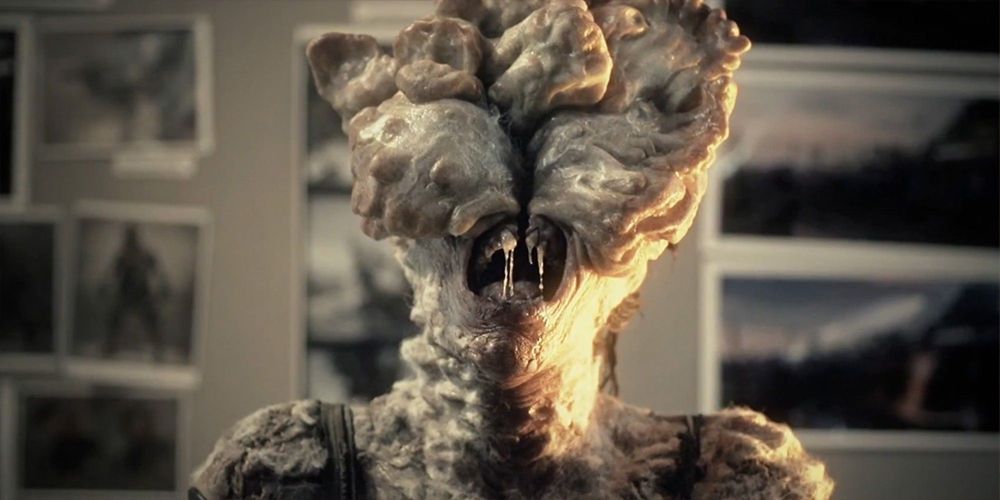Naughty Dog managed to create a scary and dangerous environment for its first The Last of Us game thanks to the help of real science. What is known in-game as Cordyceps Brain Infection is a virus inspired by the behavior of a real fungus, known as Ophiocordyceps Unilateralis, that preys on different species of insects. While the Unilateralis specifically infects carpenter ants, there are also variants of the Ophiocordyceps fungus that can affect other species, like the ghost moth larvae in the case of the Ophiocordyceps Sinensis.
In The Last of Us, the premise is that the virus spread to mankind, possibly due to infected crops from South America, and at one point in September 2013 it reached critical mass. Naughty Dog celebrates the so-called Outbreak Day every year on September 26, and it is a tribute to the day that changed the world forever in The Last of Us, as that was when civilization fell and where Joel's story began. Because scientific research from the past few years highlighted that the Cordyceps fungi actually don't damage the brain of the insects they infect, and also because of how the virus works in The Last of Us, there is a chance things will be different when Part 3 is released.
The Last of Us' Cordyceps, its Inspiration, and the Fireflies
One thing to note is that the real-life version of the Cordyceps is not capable of infecting humans, and it works on insects precisely because of their small size allowing the fungus to spread inside their entire bodies. As researchers found out well after The Last of Us was first released, the Ophiocordyceps doesn't damage the brain and the neuromuscular junctions of the insect's body because it will later use them to "mind control" the ant to do its bidding, which is to generate spores for the fungi to reproduce. This discovery could lead to some changes in how the Cordyceps Brain Infection develops further down the line in The Last of Us Part 3, especially if scientists manage to find a cure or a mutation occurs, modifying the fungus' behavior.
For now, the only official detail about The Last of Us 3 that has been made public is that Neil Druckmann has an outline for the plot of the new game, but that alone doesn't mean that the game is being made or that it will happen for sure. The Last of Us 3 could follow the story of Abby and Lev and the way Part 2 will affect their lives and decisions, maybe shaping the direction of the narrative for the next game. Abby and Lev were trying to find and then reach the Fireflies that regrouped on Catalina Island, but their plan came to a halt when they were captured and enslaved by the Rattlers.
Once Ellie finds them and frees them, she and Abby end up having their final confrontation, and when Abby loses she is spared. Abby's story ends with her taking a boat and Lev, but her destination is unknown, meaning she could either find her way to the Fireflies as she intended to, or she could find some other place to go and recover.
However, if she does decide to head to Catalina Island and seek the Fireflies' new base of operations, it's likely that the group will eventually show her any progress they might have made in terms of research. Abby's father was a Firefly, and the organization initially wanted to find a cure for the CBI.
Cordyceps Infection Stages in TLOU 3
The Last of Us games explain how the Cordyceps Brain Infection works, with the disease having four stages of progression that range from irrational and aggressive behavior to bodies becoming completely transformed from the fungus. These stages change over time, with the first manifesting a day or two after being infected, and the host of the Cordyceps gradually loses their humanity by giving in to an overly aggressive temper as the higher brain function deteriorates; these people are called Runners. Stage two occurs within two weeks of the infection, with the change occurring when the disease's progression starts damaging the host's vision because of the fungus growing over their head. These infected tend to hide out in the dark and attack prey when nearby, and they are referred to as Stalkers.
The third stage kicks in after around a year, and by then the host's vision is completely gone because the fungus has spread over almost the entirety of the body, scarring it. At this point, due to the lack of sight, the so-called Clickers develop the rudimentary ability to echolocate their prey, and they become extremely dangerous in close combat encounters due to their increased strength and resilience.
Only after around a decade, the fungus reaches its fourth and final stage, even though other "evolutions" of its behavior have been shown in the games in the form of the Rat King encounter in Seattle. In the fourth stage, the fungus' host fully develops the fungal projections and hardened thick plates on the body, which work as an armor plating of sorts and makes these infected - called Bloaters - very resilient and dangerous because of the toxins on their body.
With this in mind, if The Last of Us 3 was to take place a few years after the events of The Last of Us Part 2, the virus could change into something different, and with it the infected as well. If the population of infected doesn't grow much further, the surviving ones would be able to evolve at least into Clickers, with many other surviving hosts slowly turning into Bloaters. Because the human population has spread thin and decreased in number, finding new hosts could be harder and translate into less infected in stages one and two. What The Last of Us 3 will ultimately do with the virus remains to be seen, though.
The Last of Us 2 is available on PS4 and PS5.



